Exploring the world’s rarest tree species reveals the delicate balance of our planet’s ecosystems. These trees, found in unique habitats, tell a story of resilience and the urgent need for conservation. Each species has its own tale of rarity and survival, making them precious treasures of nature.
Serbian Spruce (Picea omorika)
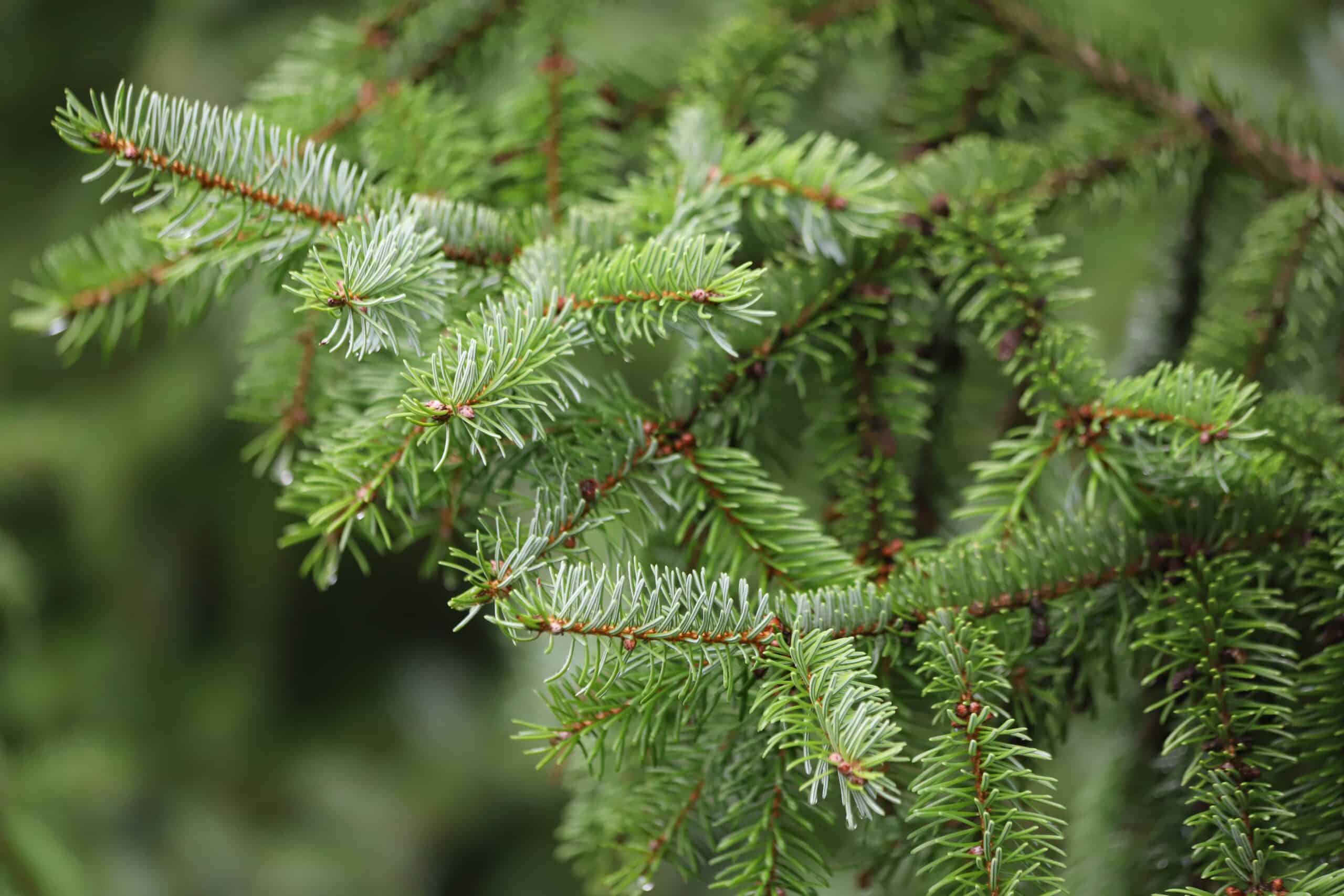
The Serbian Spruce, native to the Drina River valley in Serbia and Bosnia, grows in a very limited range. Its natural habitat consists of mountainous regions with specific soil conditions. This tree prefers well-drained, sandy soils and thrives at altitudes of 800 to 1,600 meters. The Serbian Spruce’s tall, slender form and dark green needles with silver undersides make it visually striking. This species is extremely rare due to habitat loss and limited geographic range. Industrial activities and climate change have further threatened its already scarce population.
Pacific Yew (Taxus brevifolia)
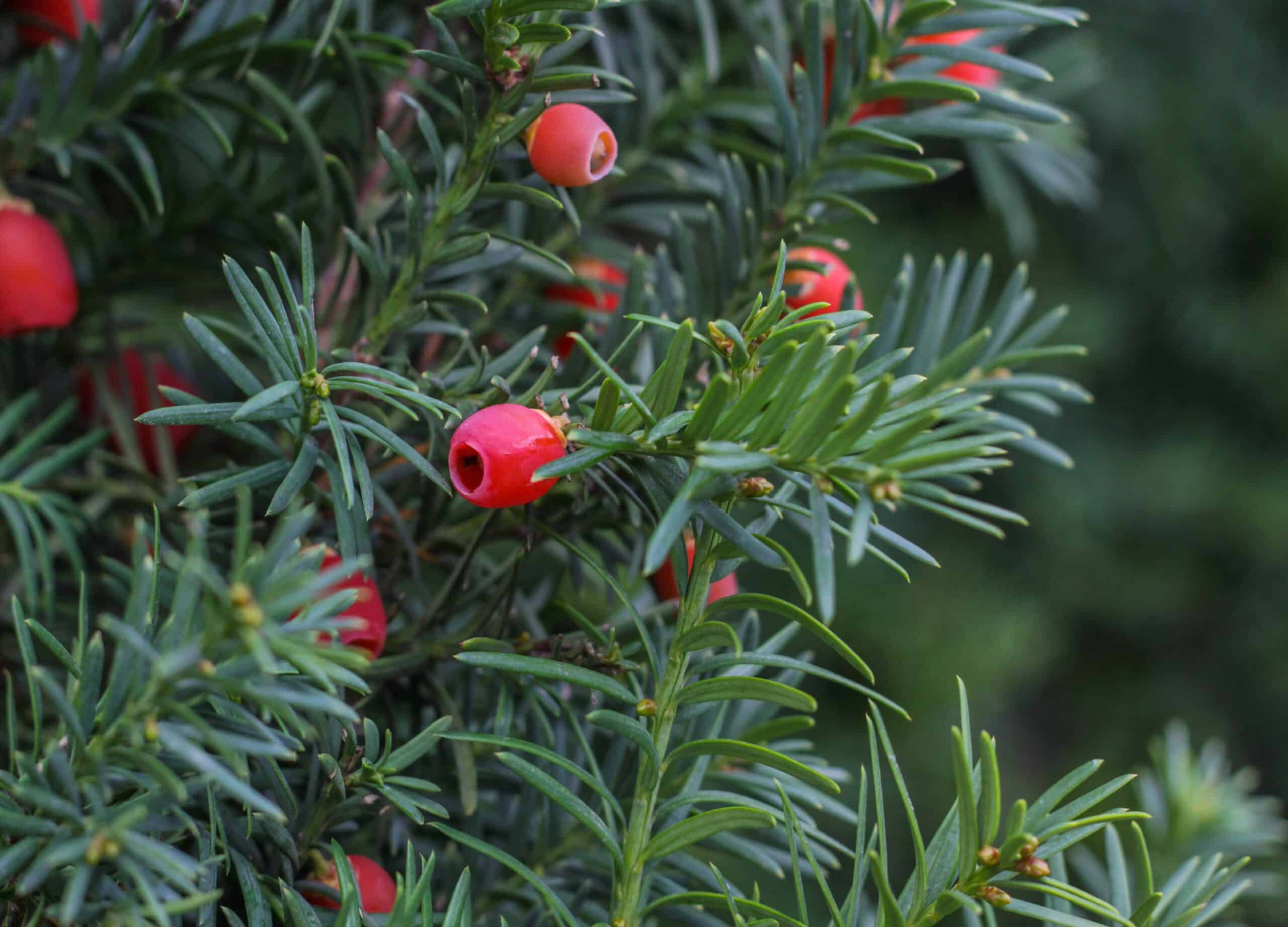
The Pacific Yew, found in the damp, forested regions of the Pacific Northwest, spans from southern Alaska to northern California. It thrives in the understory of coniferous forests, preferring moist, shaded environments. This tree is known for its reddish-brown bark and dark green, needle-like leaves. Its rarity stems from over-harvesting, primarily for its valuable bark, which contains paclitaxel, a compound used in cancer treatment. Deforestation and habitat destruction have further reduced its numbers.
Big-Leaf Mahogany (Swietenia macrophylla)
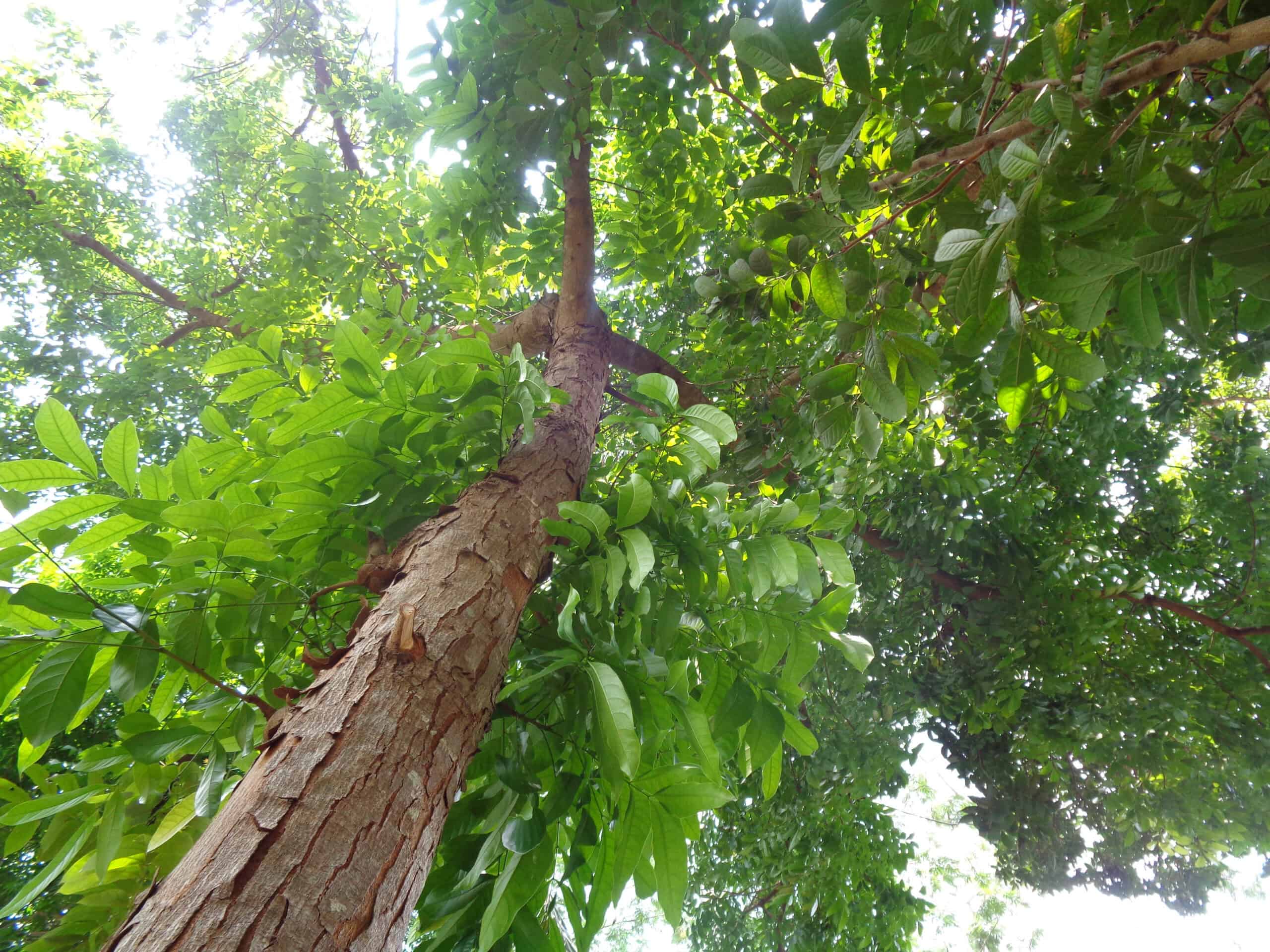
The Big-Leaf Mahogany is native to Central and South America, particularly in the Amazon basin. This majestic tree thrives in tropical rainforests, where it can reach impressive heights of up to 60 meters. Its large, glossy leaves and reddish-brown wood are highly prized. Despite its wide range, the Big-Leaf Mahogany is rare due to extensive logging. Illegal logging and deforestation have significantly reduced its population.
Monkey Puzzle (Araucaria araucana)
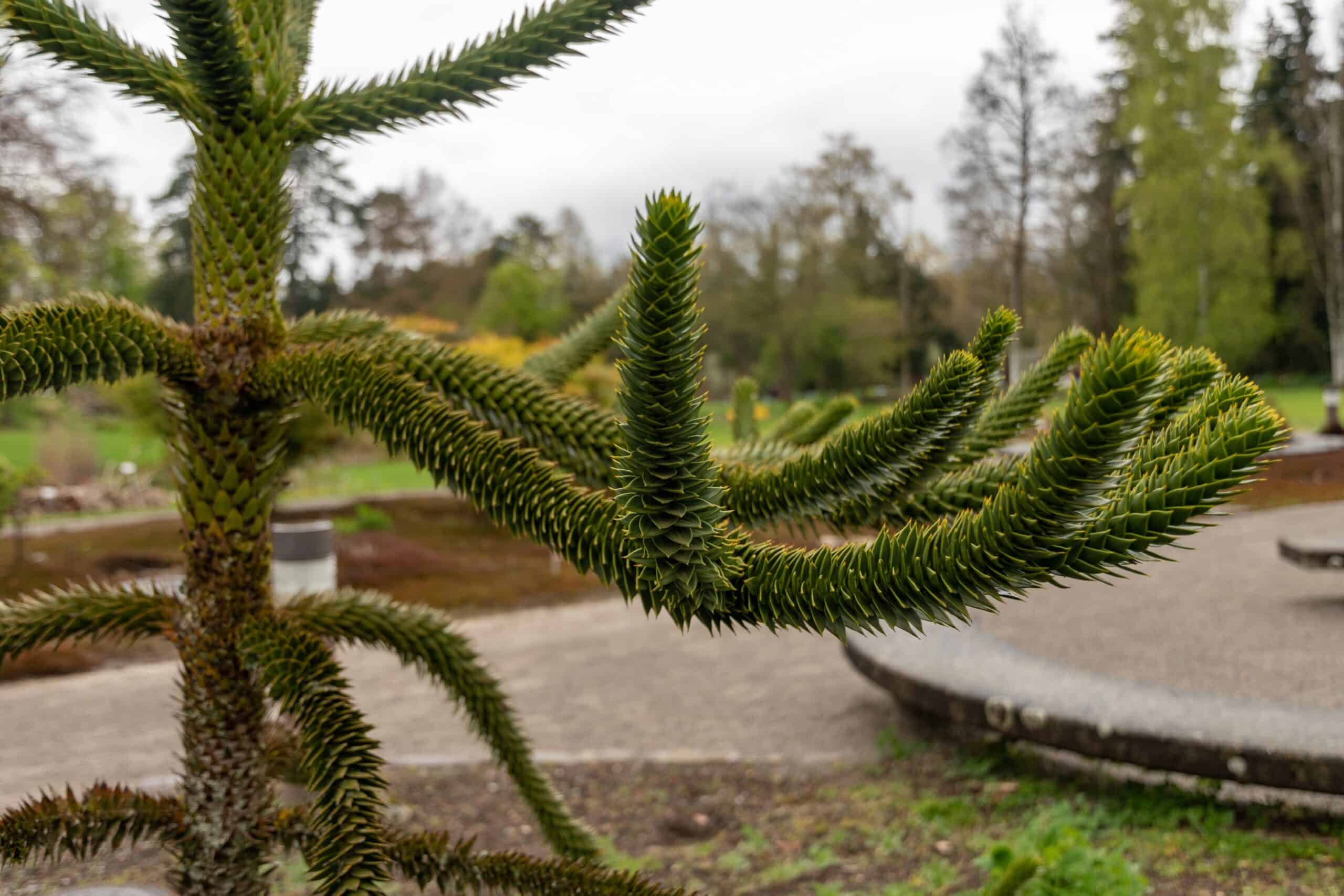
The Monkey Puzzle tree, native to the Andes Mountains of Chile and Argentina, is an ancient species dating back millions of years. It grows in volcanic soil at altitudes of 600 to 1,800 meters. The tree’s distinctive spiky leaves and symmetrical branches give it a unique appearance. This tree is rare due to its slow growth and specific habitat requirements. Conservation efforts focus on protecting its natural habitat and ensuring the survival of this living fossil, which holds significant cultural and ecological value.
Cannonball Tree (Couroupita guianensis)
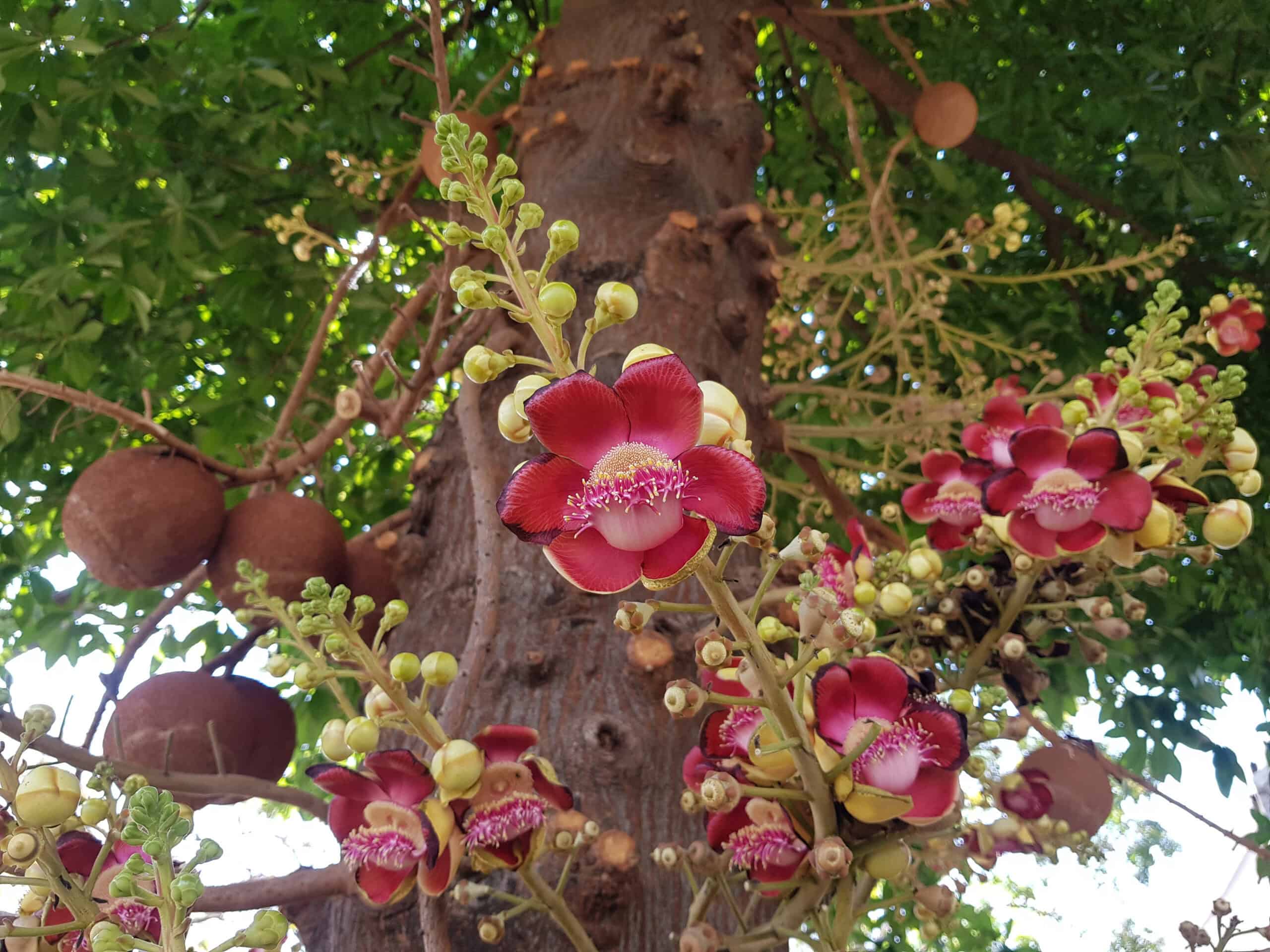
The Cannonball Tree, native to northeastern South America, thrives in tropical rainforests. It is named for its large, spherical fruits that resemble cannonballs. This tree can grow up to 35 meters tall and is known for its fragrant flowers that bloom directly from the trunk. The Cannonball Tree is rare due to habitat loss and deforestation. Its unique reproductive process, relying on specific pollinators, adds to its vulnerability. Preserving its habitat and promoting awareness of its ecological importance are key to ensuring its survival.
Silver Birch (Betula pendula)

The Silver Birch, found predominantly in Finland, is well-adapted to cold climates and grows in a variety of soil types. This tree is characterized by its white, peeling bark and slender, graceful branches. It is a symbol of resilience in harsh northern environments. Despite being widespread in Finland, the Silver Birch is considered rare in other parts of its range due to habitat loss and climate change. The Silver Birch’s beauty and ecological significance make it an important species to preserve.
Downy Oak (Quercus pubescens)
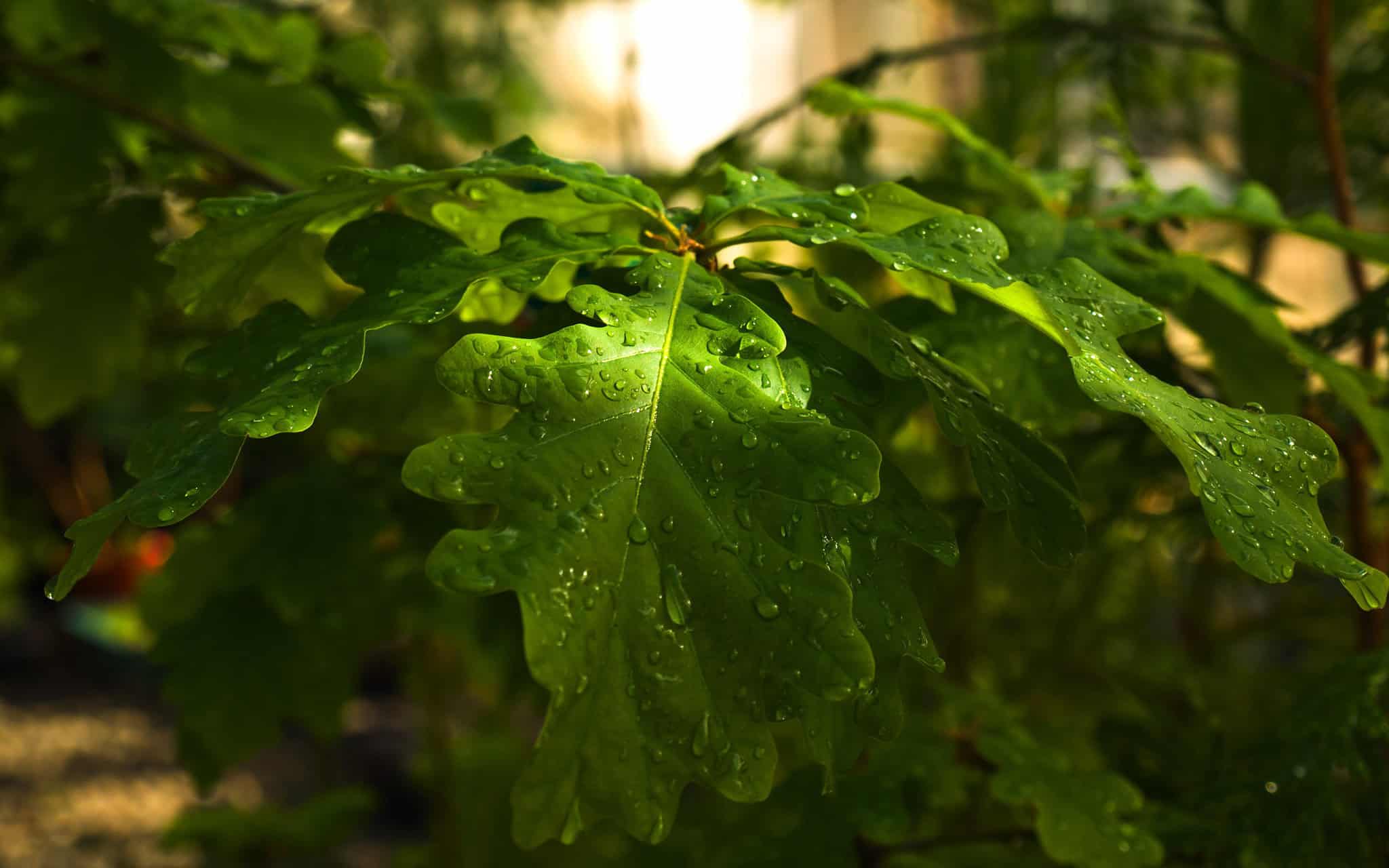
The Downy Oak, also known as the pubescent oak, is native to Southern Europe and Western Asia. This tree thrives in warm, dry environments, typically found in rocky hills and calcareous soils. Its leaves are distinct, covered with fine hairs that give a downy texture. The bark is rough and grey, developing deep fissures as it ages. It is particularly vulnerable in areas where land is converted for agriculture or urban development. The rarity increases as old-growth forests diminish. Conservation efforts are crucial to preserve its habitats.
Brazil Nut (Bertholletia excelsa)
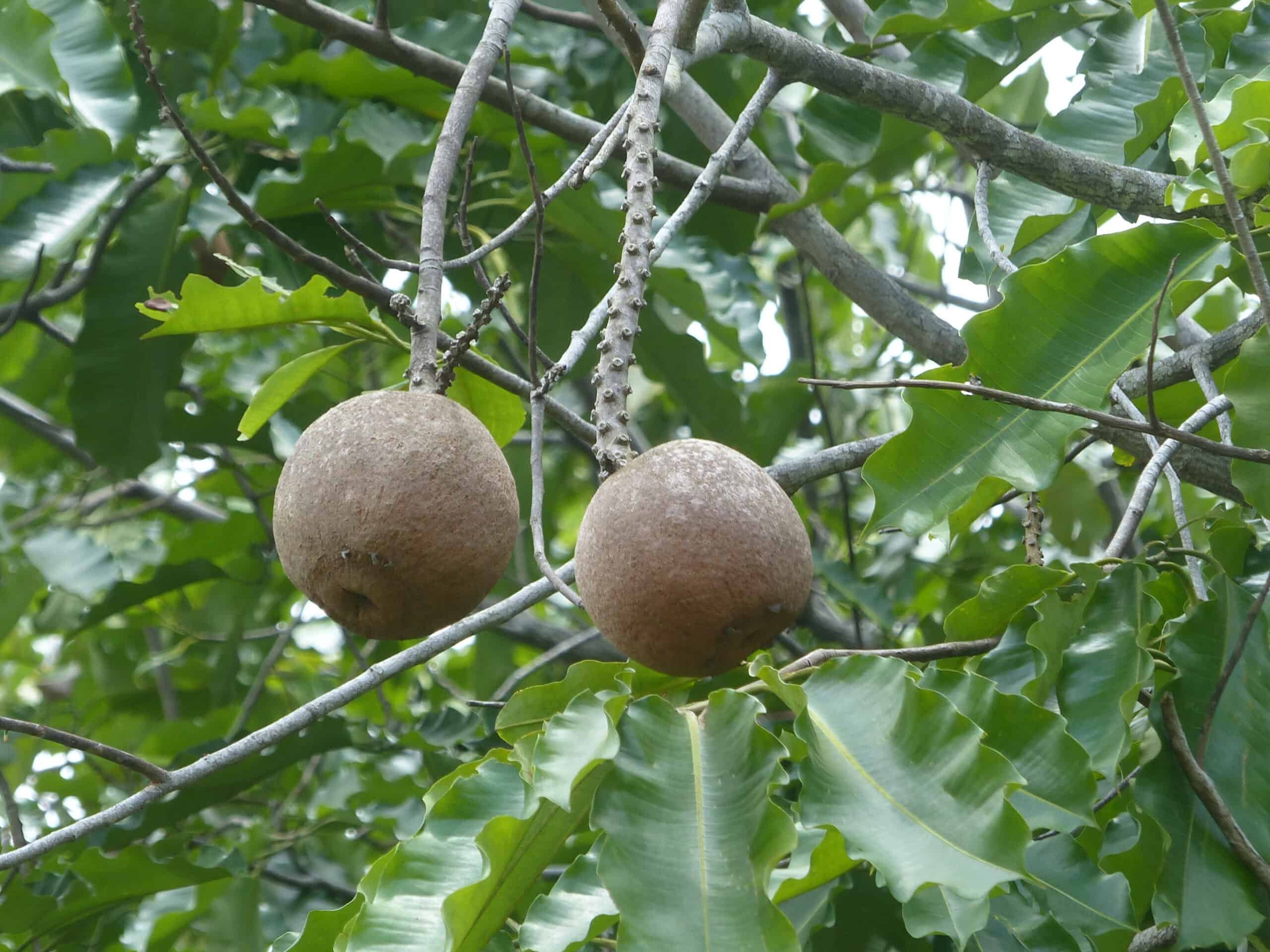
The Brazil Nut tree is indigenous to the Amazon rainforest in South America. It is one of the tallest trees in the rainforest, reaching heights of up to 50 meters. Its large, spherical fruits contain edible seeds known as Brazil nuts, encased in a hard shell. Brazil Nut trees are rare due to their specific pollination requirements and habitat destruction. They rely on large bees for pollination and agoutis for seed dispersal.
Bristlecone Pine (Pinus longaeva)
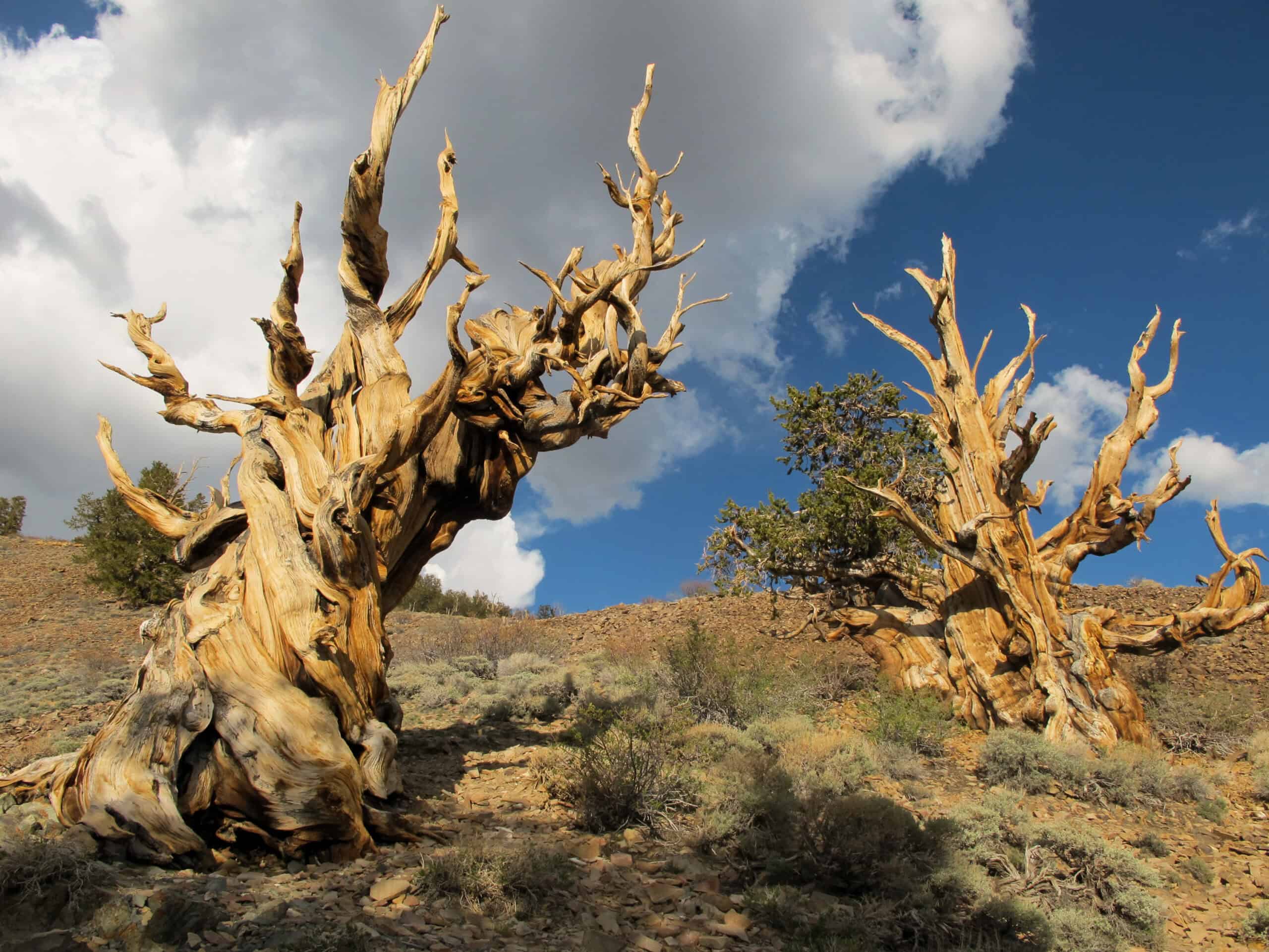
The Bristlecone Pine is native to the high mountains of the Western United States. Known for its incredible longevity, some specimens are over 5,000 years old. These trees have twisted, gnarled trunks and bristle-like seed cones. Bristlecone Pines are rare due to their specific growing conditions. They thrive in harsh, arid environments with rocky soils at high elevations. Climate change poses a significant threat, as shifting conditions could alter their habitats.
Pau Brasil (Caesalpinia echinata)
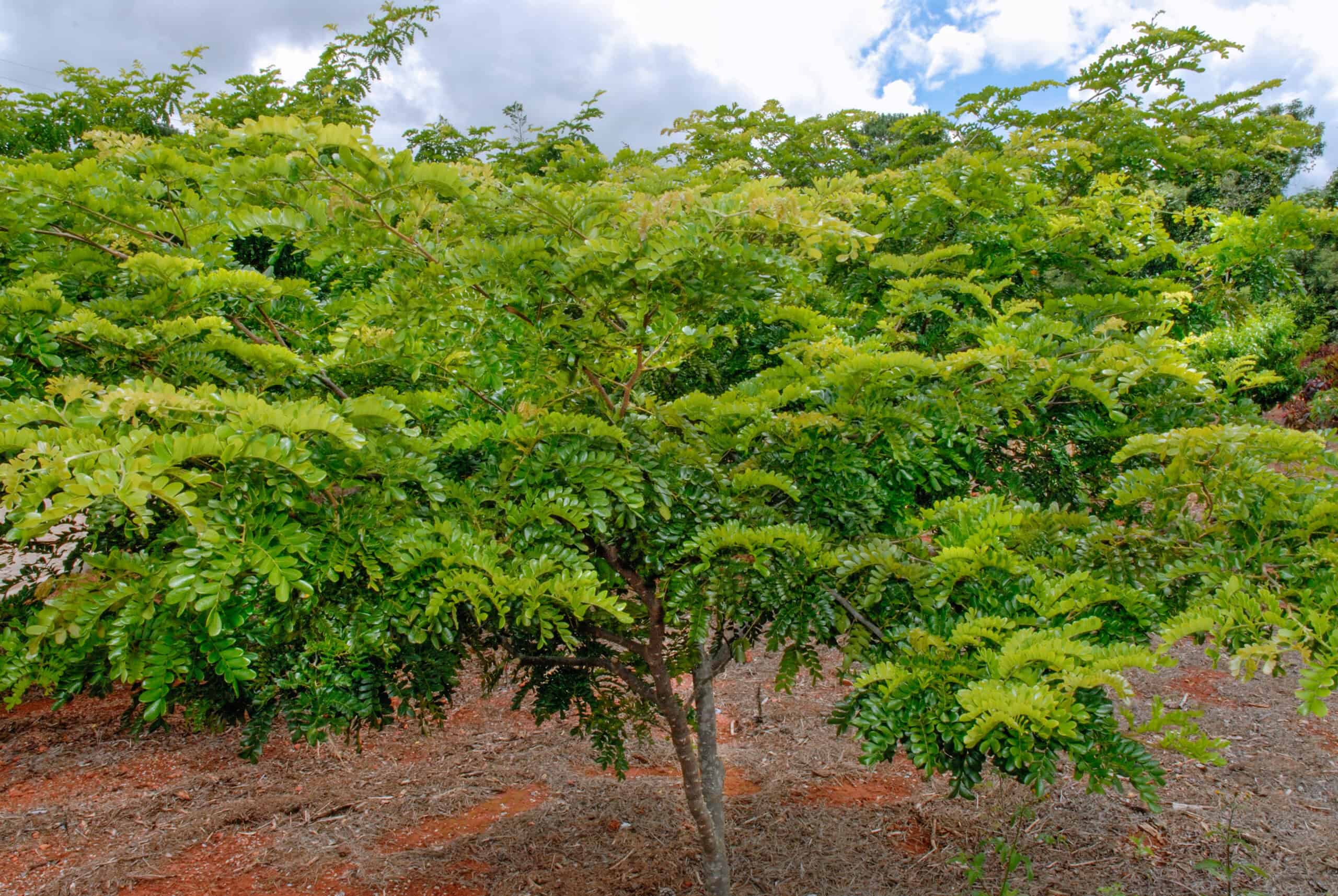
Pau Brasil, or Brazilian Rosewood, is native to the Atlantic Forest of Brazil. This hardwood tree is known for its striking red heartwood, which was historically used to produce red dye. It has compound leaves and clusters of bright yellow flowers. Pau Brasil is extremely rare due to overexploitation and habitat loss. It was heavily logged during colonial times, leading to significant population declines. Today, it is endangered, with efforts focused on habitat restoration and protection to ensure its survival.
Yoshino Cherry (Prunus x yedoensis)
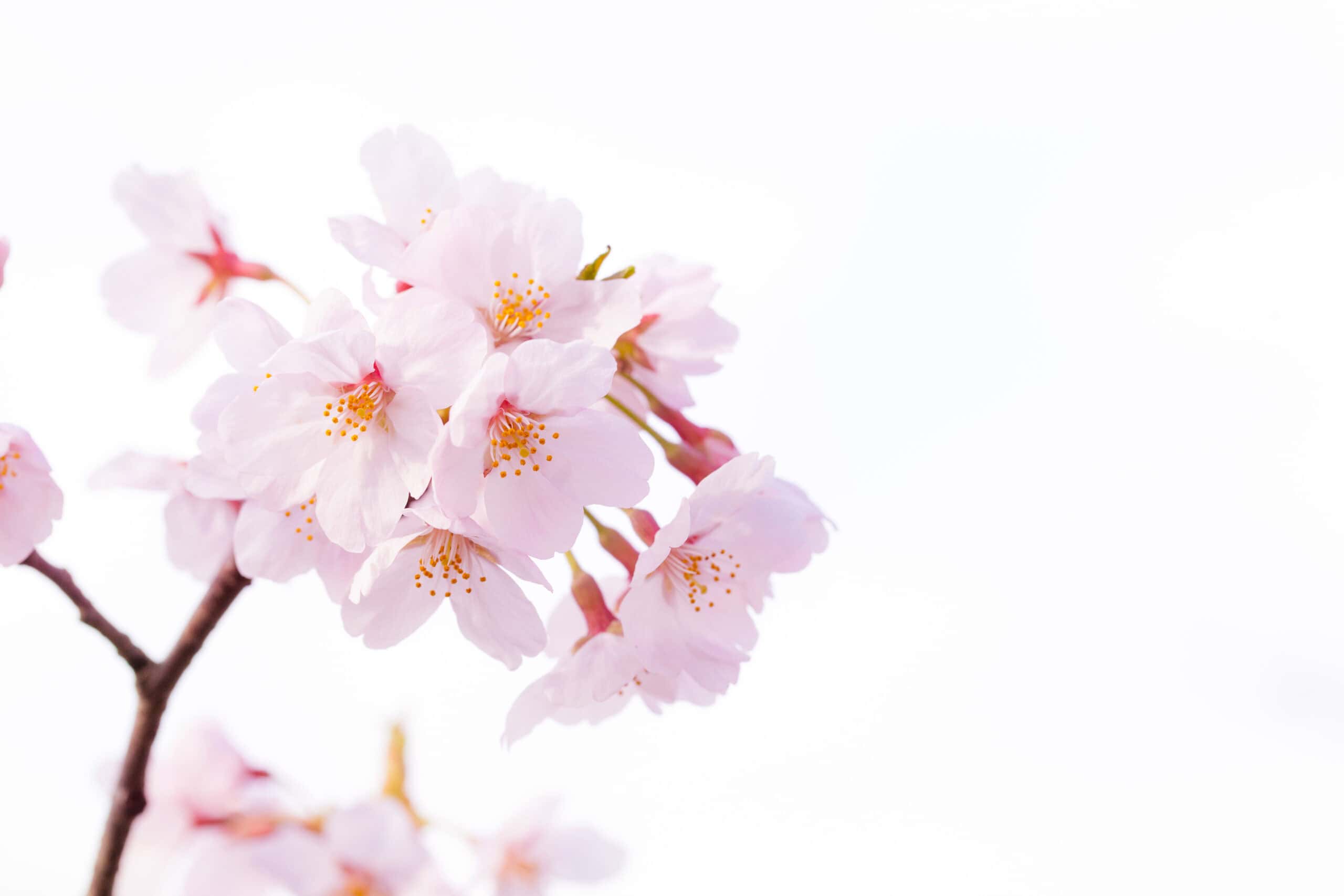
The Yoshino Cherry is a hybrid species originating from Japan. It is famous for its stunning display of pale pink to white blossoms in spring. These trees grow in temperate regions and are often found in parks and gardens. Yoshino Cherry trees are rare in their native range due to their limited natural distribution and hybrid nature. They are primarily propagated through cloning, which reduces genetic diversity.
European Bird Cherry (Prunus padus)
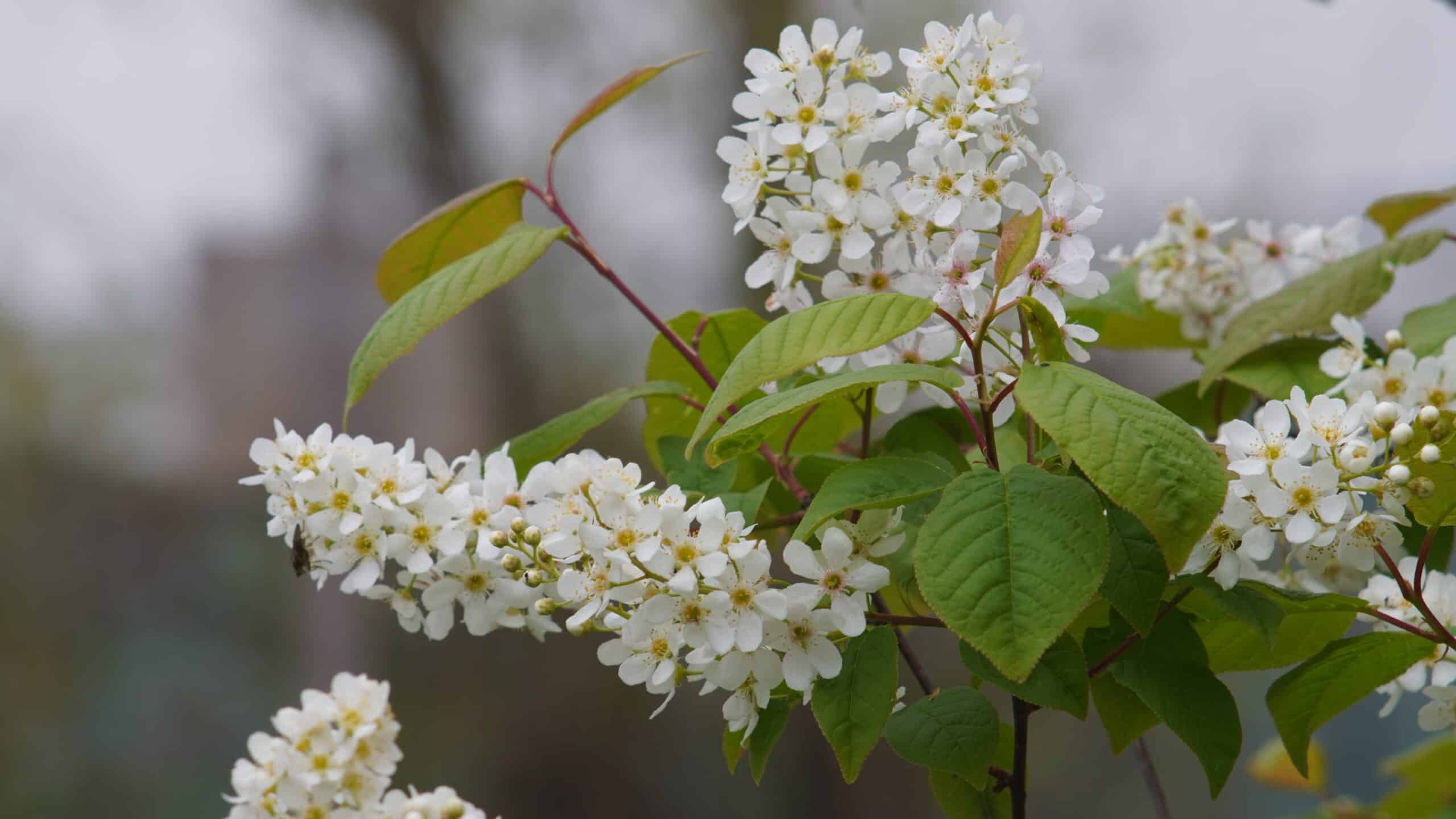
The European Bird Cherry, also known as Hackberry, is native to Europe and parts of Asia. This tree thrives in moist, rich soils, often found in woodlands and riverbanks. Its habitat spans from Scandinavia to the Caucasus, preferring cooler climates. Characterized by its drooping clusters of white flowers, the European Bird Cherry stands out in spring. It can grow up to 50 feet tall, with dark bark and glossy leaves. Despite its wide native range, it is rare in many parts due to habitat loss and changes in land use.
Elm Species (Ulmus spp.)
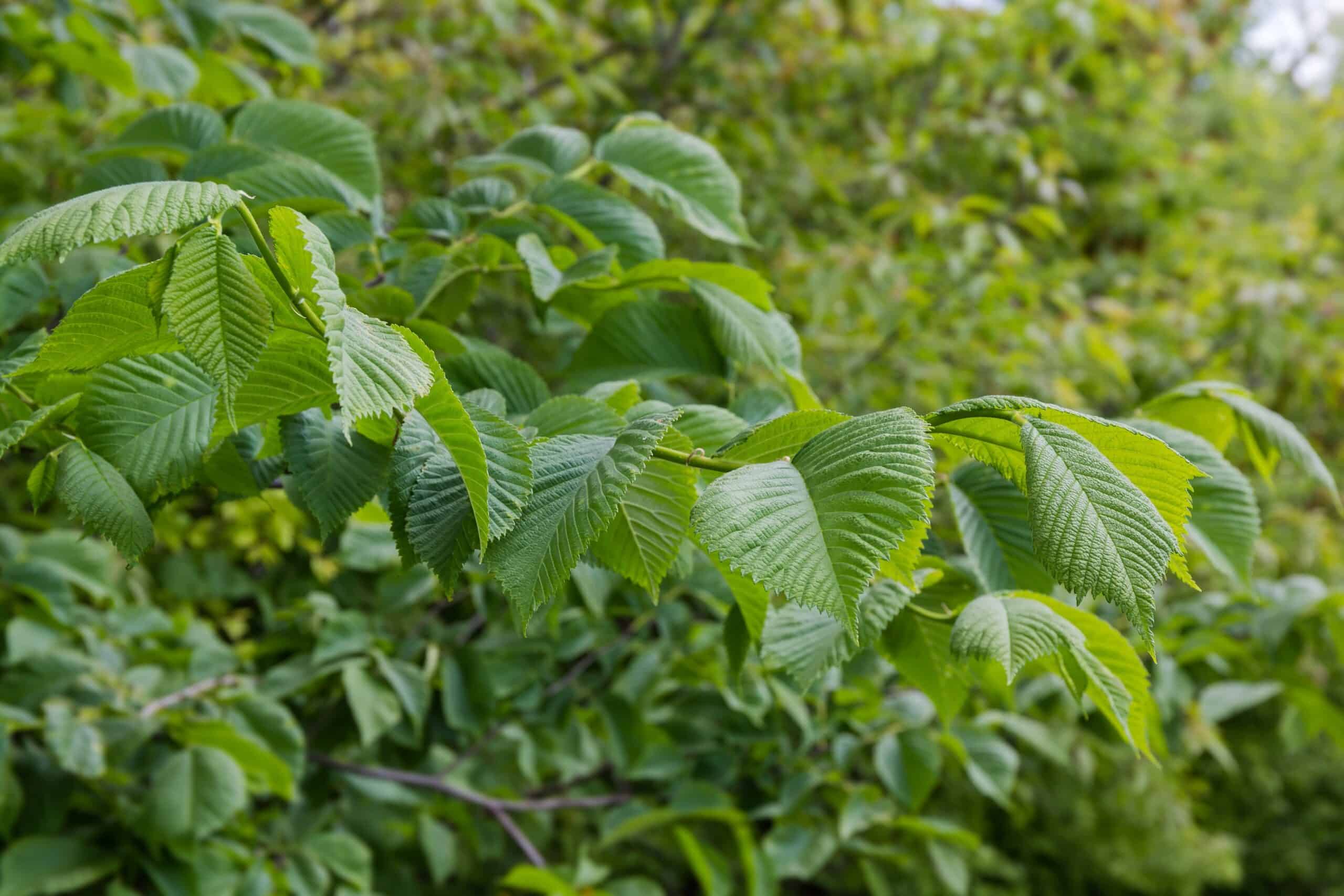
Elm species are native to temperate regions of the Northern Hemisphere. These trees thrive in fertile, well-drained soils, commonly found along rivers and in floodplains. The habitat of Elms extends across Europe, Asia, and North America. Elms are known for their tall stature and distinctive vase-shaped canopy. The leaves are serrated, and the bark is deeply furrowed. Many Elm species have become rare due to Dutch Elm Disease, a fungal infection spread by bark beetles, leading to significant declines in their populations.
Service Tree (Sorbus domestica)
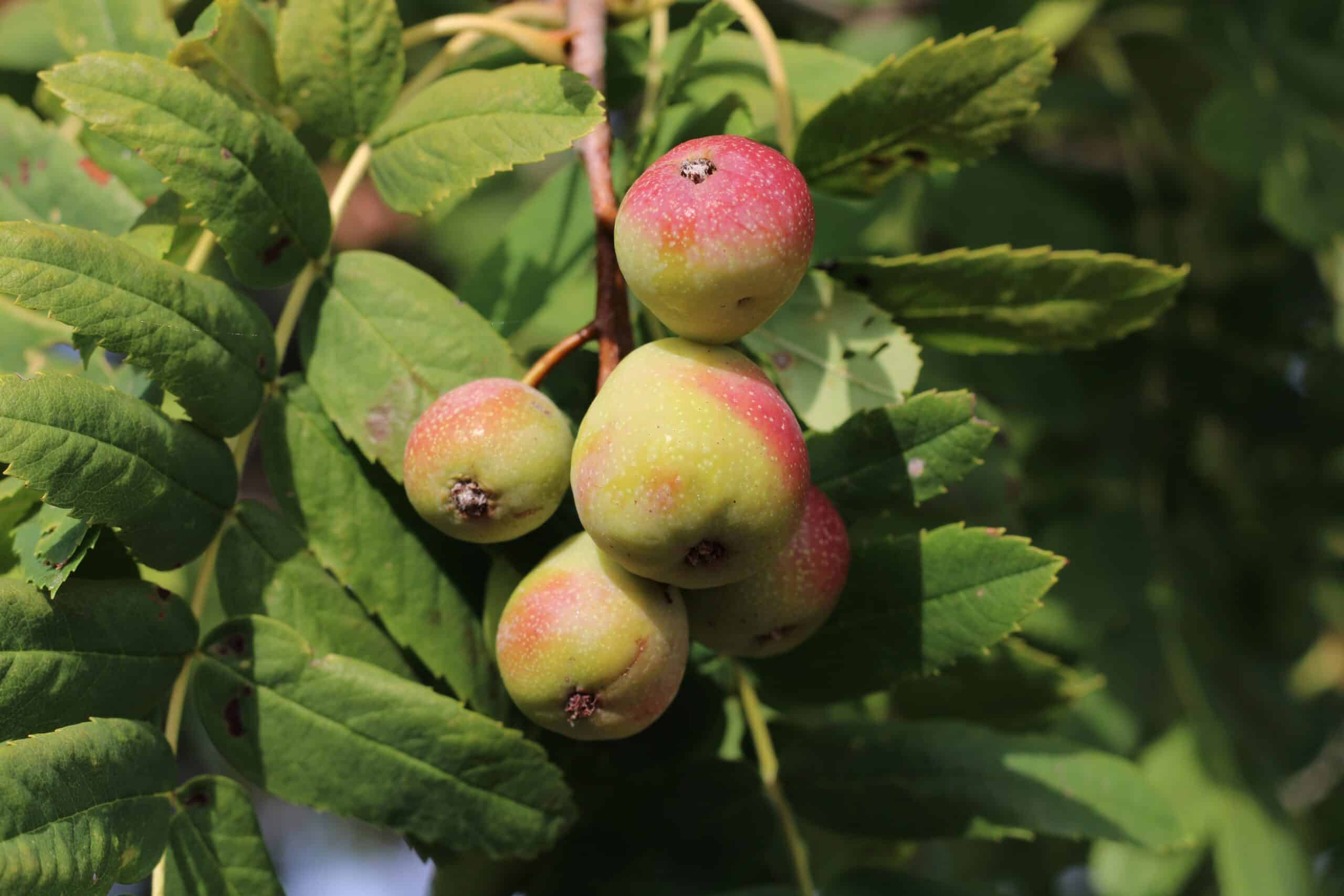
The Service Tree, or True Service Tree, is native to Europe and western Asia. It prefers warm, sunny locations with well-drained soils, often found on limestone hills and rocky outcrops. This tree’s habitat is limited to scattered locations, making it rare in the wild. Service Trees can grow up to 65 feet tall, with pinnate leaves and small, apple-like fruits. Their rarity is due to habitat fragmentation and low seed dispersal rates.
Houpu Magnolia (Magnolia officinalis)

Magnolia officinalis, native to China, grows in the mountainous regions of Sichuan and Hubei provinces. This tree prefers moist, well-drained soils in forested areas, thriving at elevations between 1,600 and 5,200 feet. Recognizable by its large, fragrant white flowers and broad, green leaves, Magnolia officinalis can reach heights of 60 feet. Its rarity is primarily due to overharvesting for medicinal purposes and habitat destruction, leading to a decline in wild populations.
Traveller’s Tree (Ravenala madagascariensis)
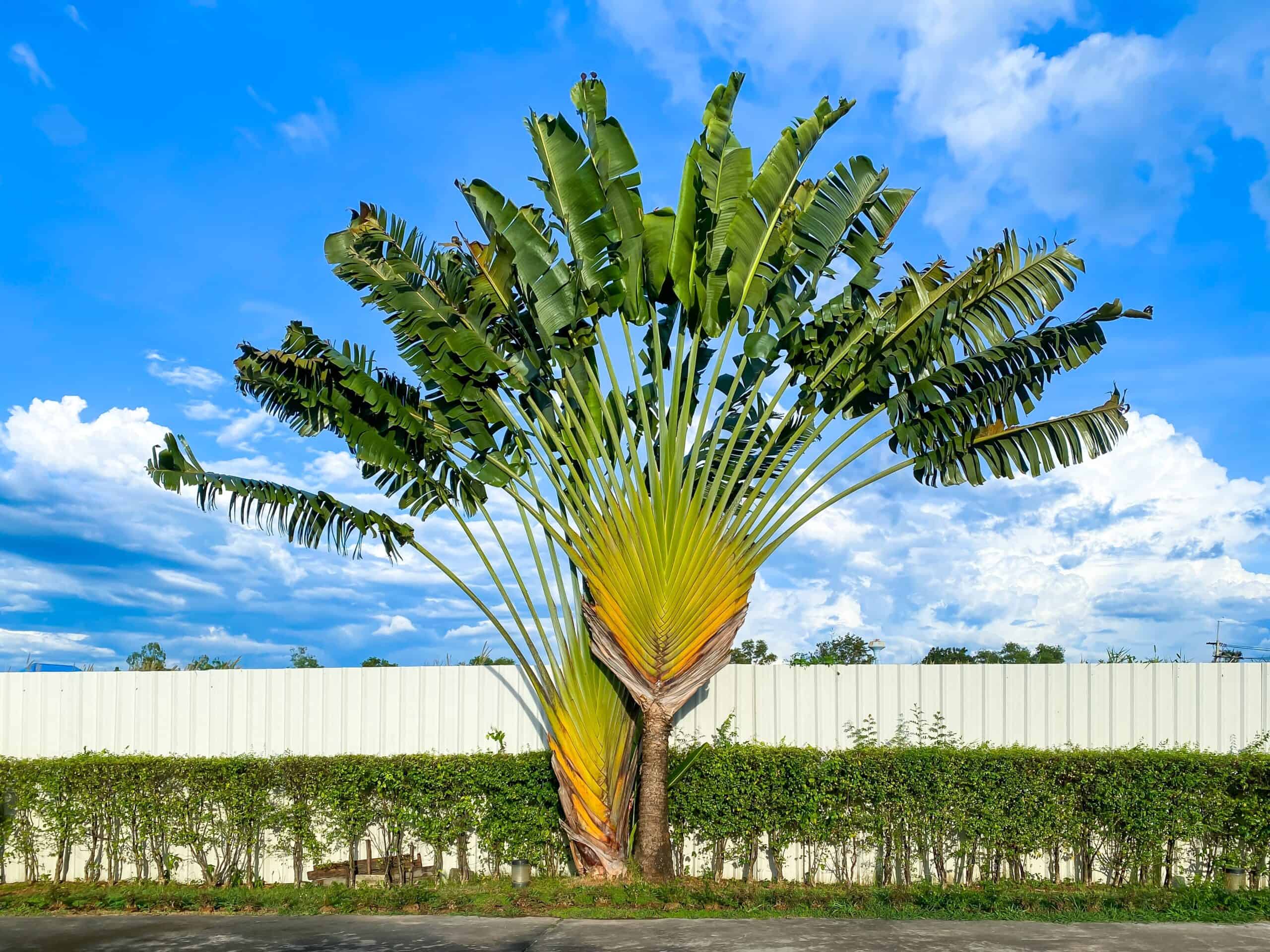
The Traveller’s Tree, native to Madagascar, thrives in tropical climates. This unique tree is found in rainforests and along the edges of forests. Its habitat is limited to the eastern parts of Madagascar. With fan-shaped leaves that can reach up to 33 feet in length, the Traveller’s Tree stands out in its environment. It can grow up to 66 feet tall. Its rarity stems from deforestation and habitat loss, threatening its natural populations.
The Baobabs (Adansonia spp.)

Baobabs, native to central South Africa and Madagascar, thrive in arid regions. These iconic trees are found in savannas and dry forests. Their habitat spans from Africa to Australia. Baobabs are known for their massive trunks and unusual shape, often referred to as the “upside-down tree.” They can live for thousands of years. However, many Baobab species are rare due to climate change, habitat destruction, and over-exploitation.
Kauri Tree (Agathis)
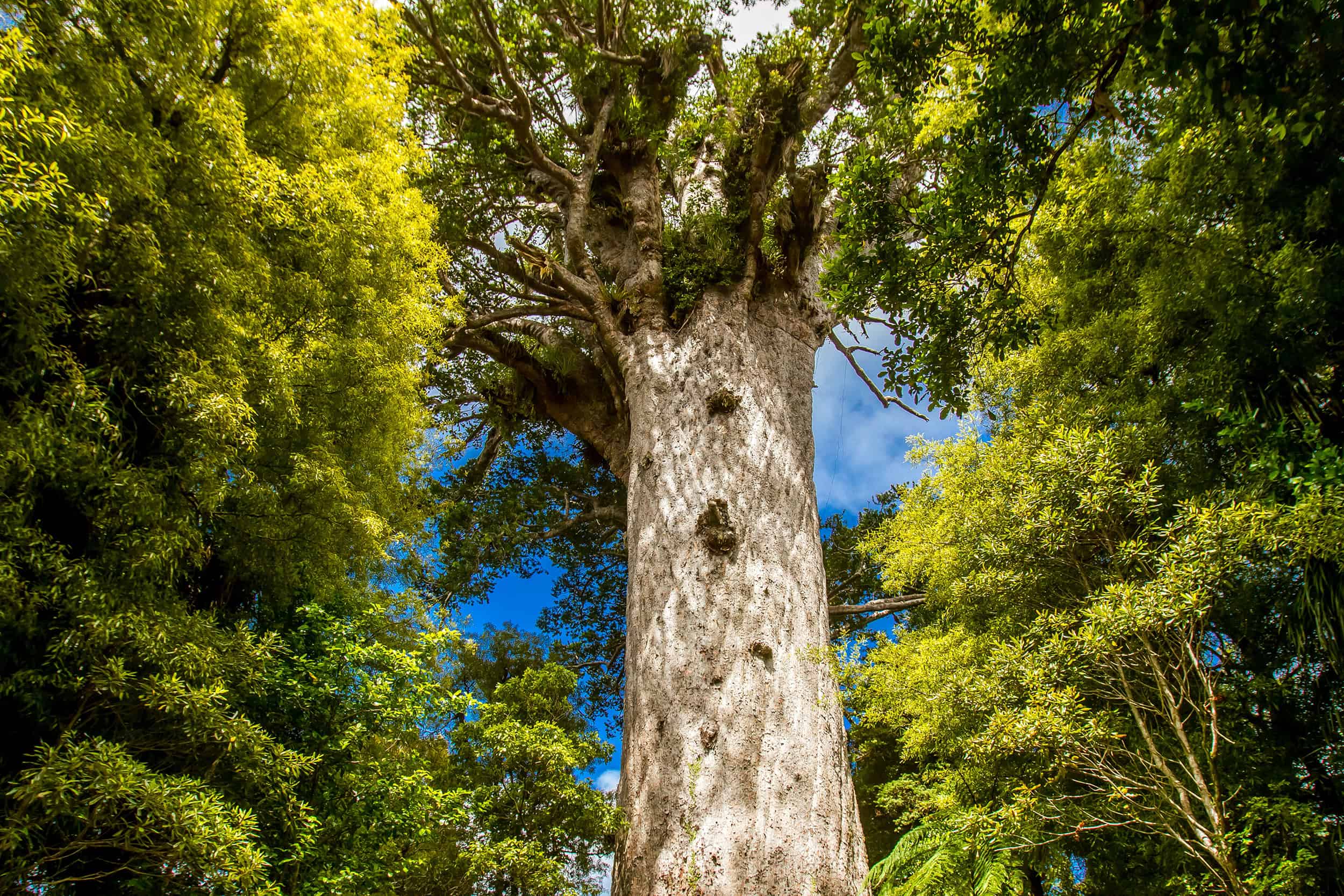
The Kauri Tree, native to New Zealand, thrives in the North Island’s subtropical forests. It prefers well-drained soils and can be found in lowland and montane forests. The Kauri’s habitat is limited to specific regions, making it rare. Kauri Trees are massive, with straight trunks and distinctive bark. They can grow over 160 feet tall and live for over 1,000 years. Their rarity is due to logging and disease, particularly Kauri dieback, which has decimated many populations.
This article originally appeared on Rarest.org.
More from Rarest.org
1940 Jefferson Nickel Value Guide

Buffalo nickels were discontinued in 1938, and 5-cent Jefferson nickels were introduced. The bust of former American President Thomas Jefferson that appears on the coin’s obverse inspired their moniker. Read More.
20 Unique Natural Marvels Around the World

Nature is full of surprises, presenting us with extraordinary phenomena that challenge our understanding and ignite our sense of wonder. Read More.
1938 Jefferson Nickel Value Guide

1938 marked the first year for the new design of the 5-cent piece in the US. This year, the Jefferson nickel was born. Since this coin is already old, many coin enthusiasts would love to add it to their collection. Read More.
